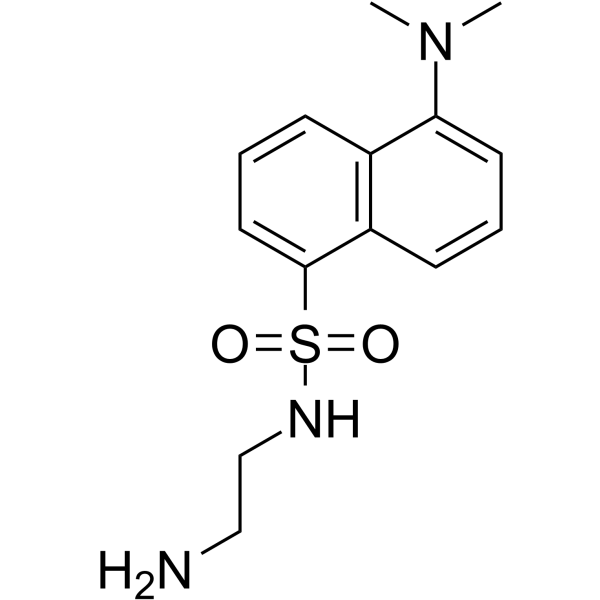Cooperative binding at lipid bilayer membrane surfaces.
Emma L Doyle, Christopher A Hunter, Helen C Phillips, Simon J Webb, Nicholas H Williams
Index: J. Am. Chem. Soc. 125(15) , 4593-9, (2003)
Full Text: HTML
Abstract
The binding of copper(II) ions to membrane-bound synthetic receptors has been investigated. Complexation fitted a 4:1 receptor:copper(II) model, and the observed binding constants are significantly enhanced at the membrane relative to solution; these effects can be explained by the lower polarity of the membrane-water interface and the concentrating effect of the membrane, with no observed contribution from receptor preorganization. The stoichiometry of the complex formed is very sensitive to the concentration of the receptor in the membrane, and at low concentrations, binding is reduced relative to solution controls. This implies that by increasing or decreasing the number of receptors in their membranes, cells can finely tune biological responses such as chemotaxis that depend on the size of the receptor-ligand clusters formed.
Related Compounds
| Structure | Name/CAS No. | Molecular Formula | Articles |
|---|---|---|---|
 |
Dansyl Ethylenediamine
CAS:35060-08-3 |
C14H19N3O2S |
|
Fluorescent labeling of the carbohydrate moieties of human c...
1981-09-29 [Biochim. Biophys. Acta 670(2) , 181-9, (1981)] |
|
Fluorescent molecularly imprinted polymer thin films for spe...
2013-10-15 [Biosens. Bioelectron. 48 , 113-9, (2013)] |
|
Estimation of affinities of ligands in mixtures via magnetic...
2011-01-01 [BMC Biotechnol. 11 , 44, (2011)] |
|
Conformational changes in subdomain 2 of G-actin: fluorescen...
1995-11-01 [Biophys. J. 69(5) , 2024-32, (1995)] |
|
Myosin-induced changes in F-actin: fluorescence probing of s...
1996-03-01 [Biophys. J. 70(3) , 1439-46, (1996)] |